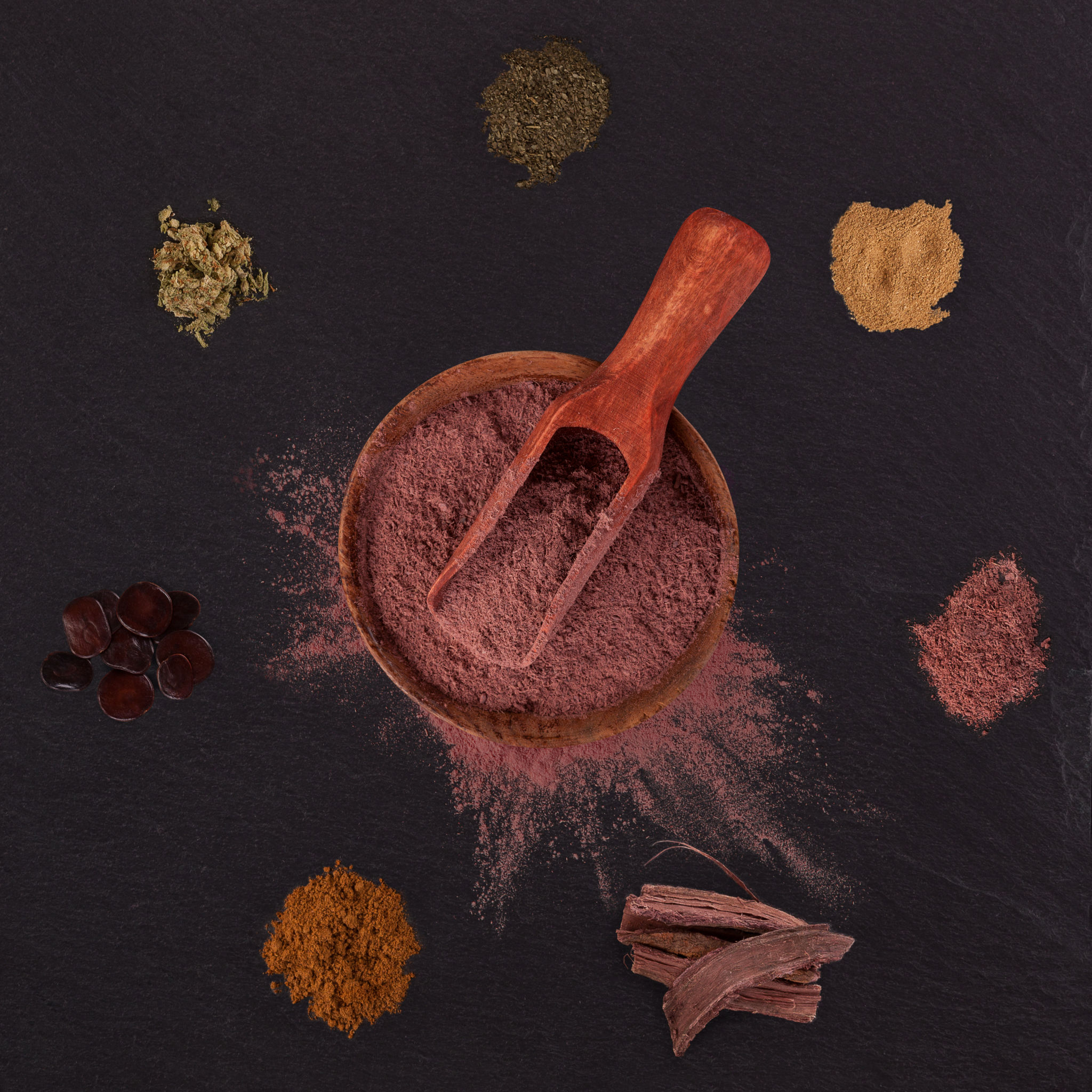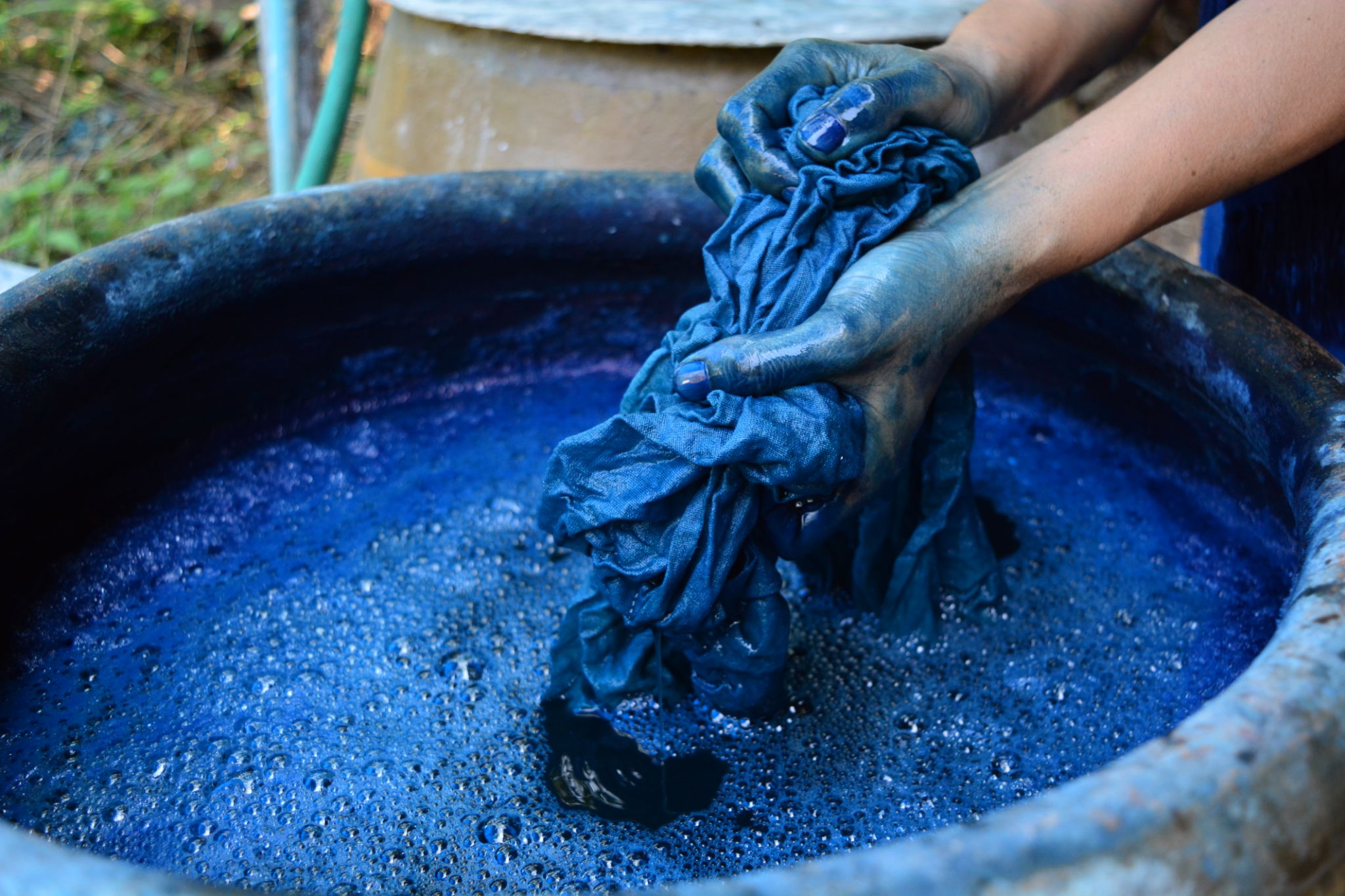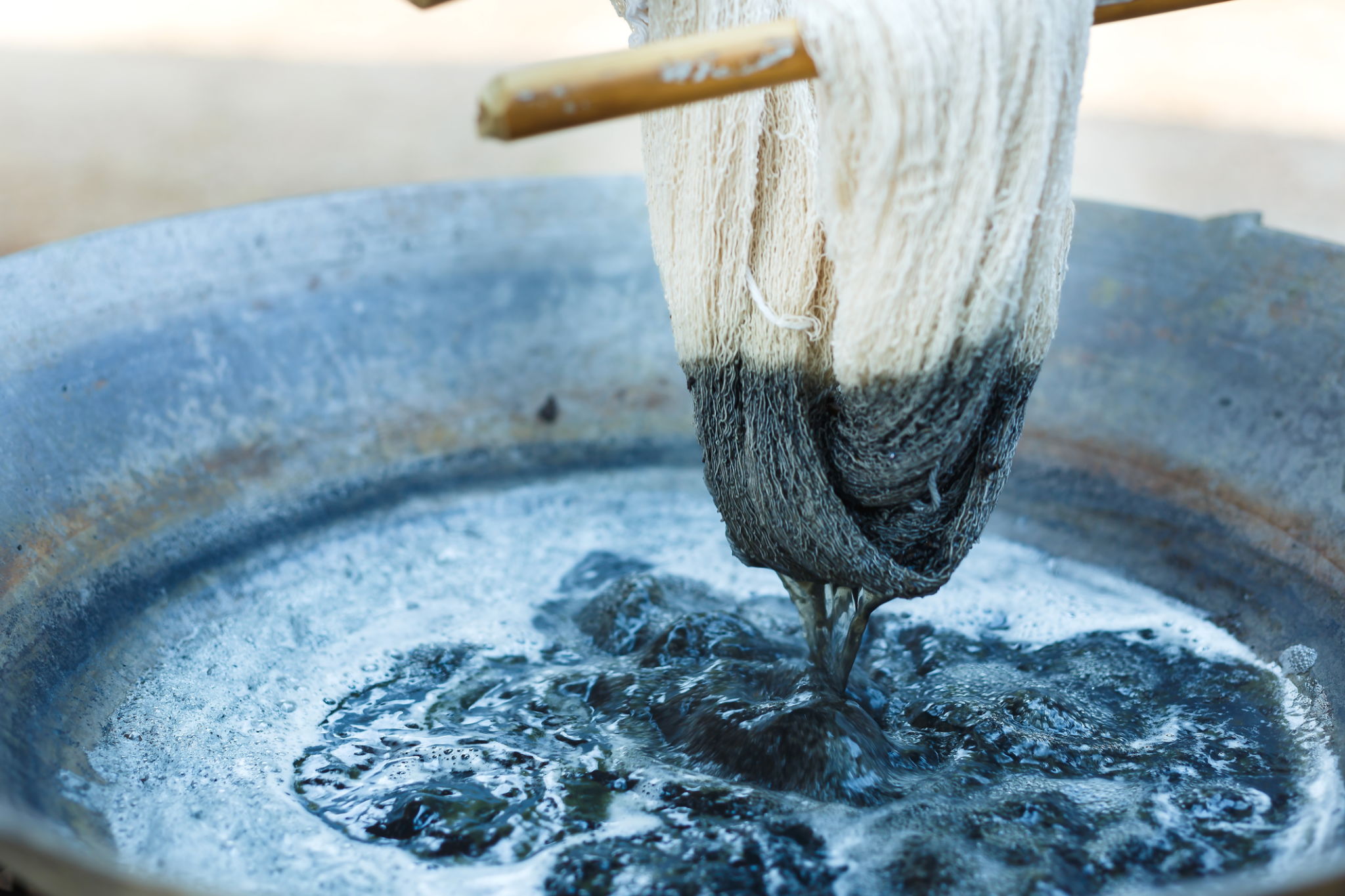How to Use Mimosa Hostilis Powder for Dyeing: A Comprehensive Guide
Understanding Mimosa Hostilis Powder
Mimosa Hostilis, also known as Jurema Preta, is a plant native to Brazil, renowned for its natural dyeing properties. The bark of this plant is ground into a fine powder that has been used for centuries in textile dyeing, offering a rich, deep hue that is both vibrant and long-lasting. This guide will walk you through the process of using Mimosa Hostilis powder to dye fabrics effectively.
The primary reason for its popularity in dyeing is the high concentration of tannins in the bark, which act as a natural mordant. This means that Mimosa Hostilis can bind pigments to fibers without additional chemicals, making it a preferred choice for eco-friendly dyeing projects.

Preparing Your Materials
Before you begin, gather all necessary materials. You will need:
- Mimosa Hostilis powder
- Natural fabric (such as cotton, wool, or silk)
- A large pot for dyeing
- Water
- Protective gloves
- A wooden stick or spoon for stirring
Ensure your workspace is well-ventilated and protected from stains. Wearing old clothes or an apron is advisable since the dye can be difficult to remove from fabrics.
Preparing the Dye Bath
To create the dye bath, fill your pot with water and add the Mimosa Hostilis powder. A common ratio is 100 grams of powder per liter of water, but this can be adjusted depending on the desired color intensity. Stir the mixture thoroughly to avoid clumps and ensure even distribution.

Heat the mixture over a medium flame, bringing it to a simmer. Allow it to simmer for at least an hour to extract the full color potential from the powder. Stir occasionally to prevent settling at the bottom.
Dyeing Your Fabric
Before adding your fabric to the dye bath, it should be washed and dampened. This ensures that the fibers are free from impurities that might interfere with dye absorption. Once ready, submerge the fabric completely in the dye bath.
Let the fabric soak in the simmering dye bath for at least an hour. For a more intense color, you can extend this time or let the fabric sit in the cooled dye overnight. Stir occasionally to allow even coloring.

Rinsing and Finishing
After achieving the desired color, remove the fabric from the dye bath and rinse it under cold water until the water runs clear. This step is crucial in removing excess dye and ensuring that the color does not bleed later on.
Once rinsed, hang the fabric to dry in a shaded area. Direct sunlight can cause fading, so it's best to avoid exposure during drying. After drying, you may want to set the color by ironing or using a heat press if applicable to your fabric type.
Caring for Dyed Fabrics
Proper care is essential to maintain the vibrancy of your dyed fabrics. Wash them separately in cold water with a mild detergent. Avoid bleach and strong chemicals that may strip away the color.
By following these steps, you can enjoy beautiful, naturally dyed fabrics that are both environmentally friendly and uniquely vibrant. Mimosa Hostilis powder offers a fantastic way to explore traditional dyeing techniques with modern eco-consciousness.